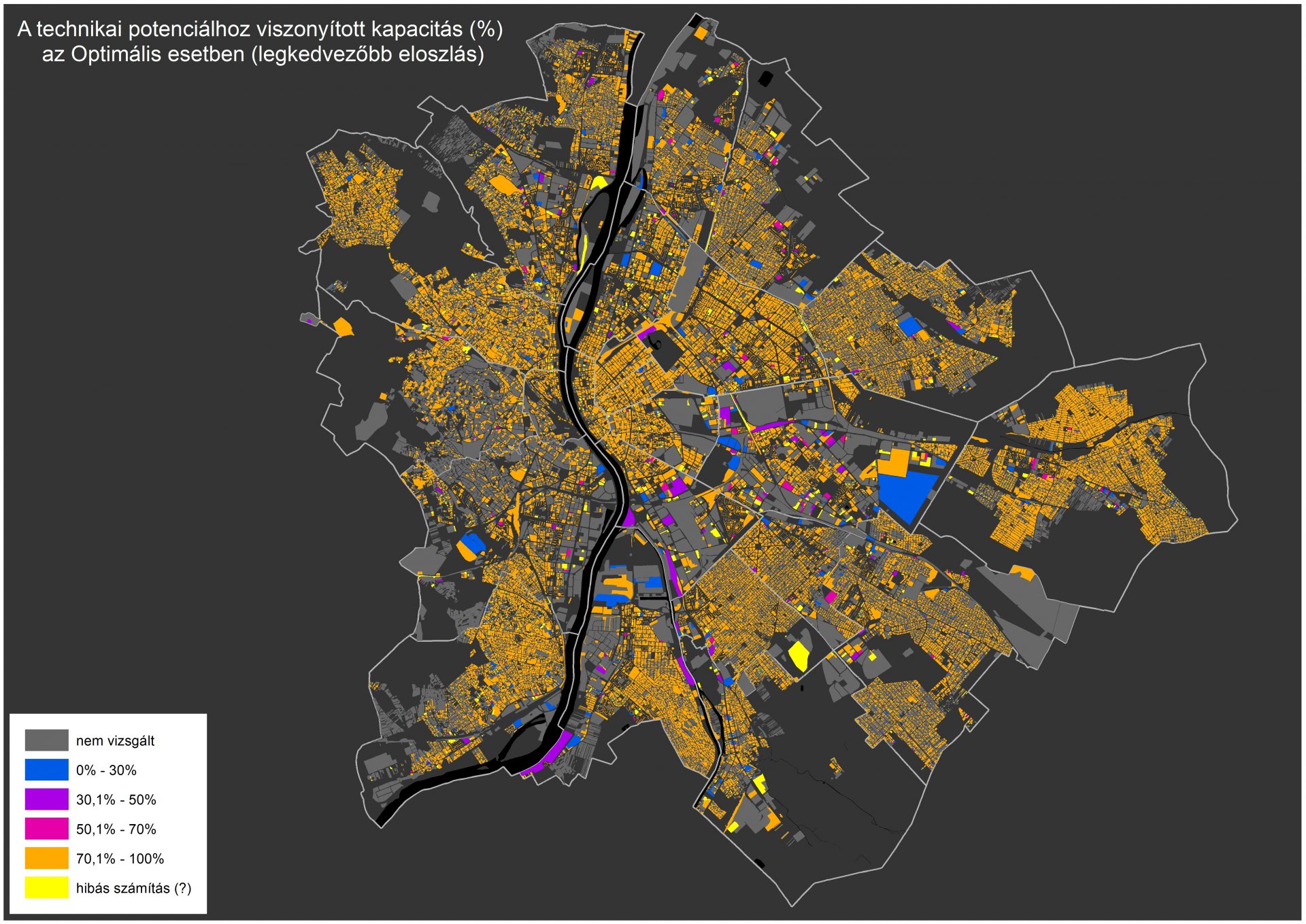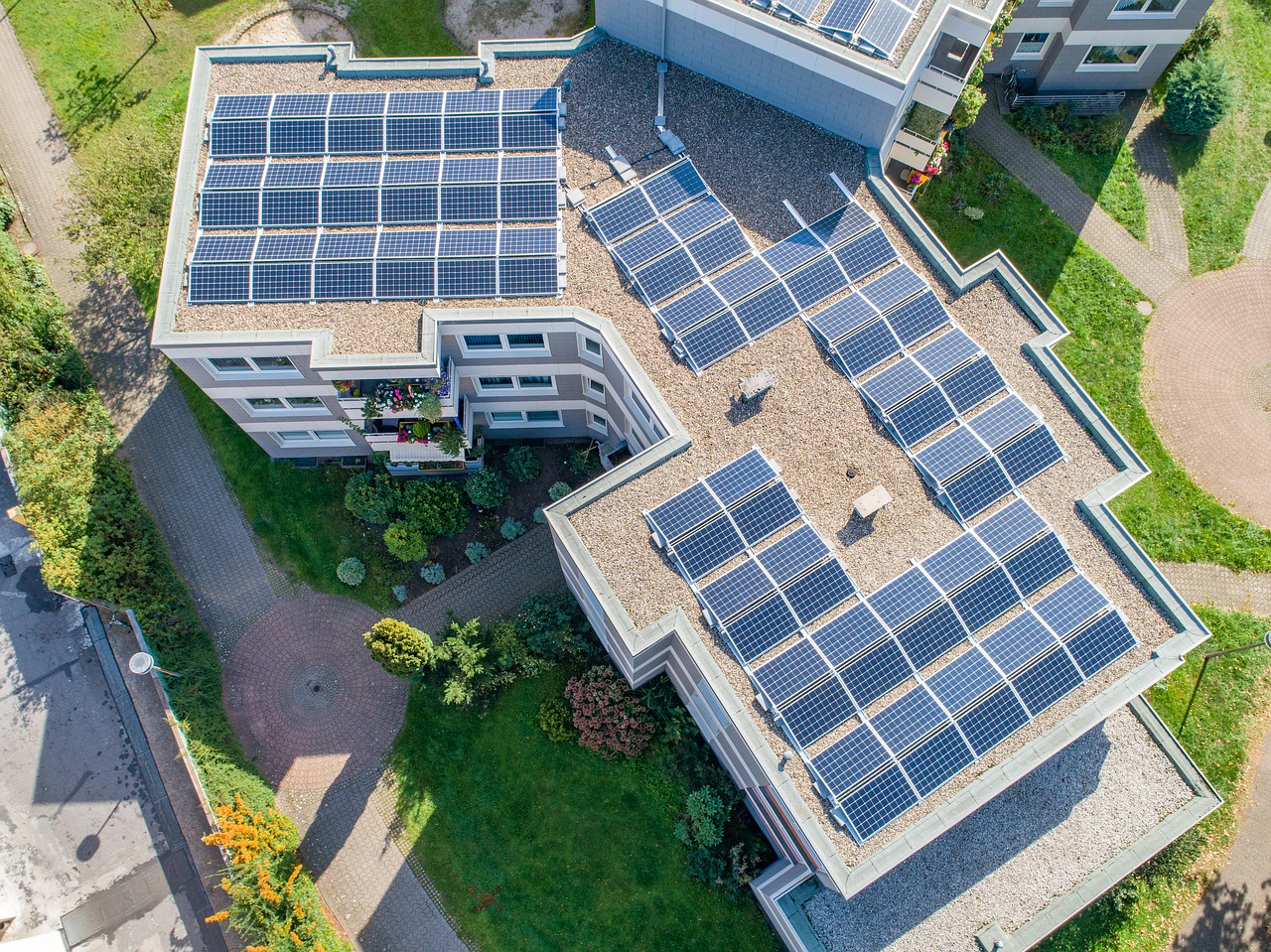
This comprehensive study, commissioned by the Municipality of Budapest, delves into the solar photovoltaic (PV) integration capacity of the city’s low-voltage distribution network. Conducted by MET3R using advanced load-flow simulation techniques within their ZenGrid Energy Management Platform (EMS), the study aimed to ascertain the feasibility of integrating a substantial solar PV capacity into Budapest’s existing electrical infrastructure.

The primary objective of this study was to explore the potential for solar PV system installations across Budapest, focusing on their maximum feasible capacity within the constraints of the existing low-voltage distribution network. This inquiry was essential for determining the extent to which the city’s grid could support the transition towards renewable energy sources without necessitating significant infrastructural upgrades.
Development of the Budapest Solar Map
In collaboration with the Hungarian Solar Association, the Municipality of Budapest initiated the project by assessing potential sites for solar panel installations, their maximum theoretical output, and average annual yield. This led to the creation of the Budapest Solar Map, a pivotal tool in identifying viable locations for solar energy generation.

Geospatial Analysis of the Electricity Network
Utilizing geospatial methodologies, MET3R, in partnership with the Municipality, developed a detailed topological model of Budapest’s 0.4 kV public electricity network. This model incorporated consumer connection points and integrated data on solar PV generation potential from the city’s building stock.
Assessment of Solar PV Impact on the Grid
The study employed a multidisciplinary approach, combining principles of electrical engineering, computer science, and statistical analysis, to evaluate how solar PV generation would influence the low-voltage segments of Budapest’s public power grid. A key focus was on the grid’s hosting capacity – the maximum solar PV capacity it could support without adverse effects, primarily voltage rise issues.

The simulation ran was based on power flow modelling methodology and investigated the range of voltage levels at given network buses taking into consideration network topology, consumption profiles and the theoretical maximum load that could be produced by solar installations on the building stock. Three criteria justified the choice of this methodology:

The analysis revealed that Budapest’s electricity grid could accommodate up to 1500 MW of solar generation capacity, aligning with the Municipality’s medium-term objectives. The study identified two scenarios:
Furthermore, the study indicated that a significant portion of Budapest’s public grid is conducive to solar PV system installations. Approximately 95% of the studied sections could support 30% of the total installable capacity, while 60% could accommodate up to 70% of the capacity without causing notable voltage increases.
The findings confirm that Budapest’s metropolitan public grid is well-equipped to integrate the proposed 1500 MW of solar generation capacity. By adopting an optimized deployment strategy, the city can not only meet but potentially exceed its solar energy targets.
This case study offers valuable insights for urban solar energy deployment and grid development planning, extending its relevance beyond Budapest to other urban areas seeking sustainable energy solutions. The results enable the Municipality of Budapest to strategically plan and enhance its grid infrastructure, thereby facilitating an increased adoption of solar energy and contributing to broader sustainability goals.